
FinanceAsia: Bumi Armada, a Malaysian oil and gas services company, has started bookbuilding for what looks set to become the country’s biggest initial public offering since Petronas Chemicals raised $4.15 billion in November last year. It will also be the second-biggest listing in Southeast Asia this year after the Singapore IPO of Hutchison Port Holdings Trust, which raised $5.45 billion.
The company and its existing shareholders are seeking to raise between M$2.46 billion and M$2.77 billion ($802 million to $903 million) from the sale of a 30% stake, ignoring a challenging market environment that. The shaky markets have forced the withdrawal of 19 IPOs in Hong Kong, Europe and the US during the past month.
But sources say there is significant domestic interest for the transaction, which is backed by Malaysian billionaire Ananda Krishnan, and this might convince international investors to take part as well.
“Domestic funds pretty much have to buy this,” one banker said, citing the size of the deal and the fact that the company is the country’s largest provider of ships and floating platforms used by the energy industry.
The list of cornerstone investors shows demand from non-Malaysian funds as well. As per the term sheet, Singapore’s Great Eastern and UK-based Prudential, both life insurance companies with a large presence in the region, have joined Malaysia’s Hong Leong Group, HwangDBS and state-owned investment company Permodalan Nasional in buying a combined 300 million shares. Based on the mid-point of the price range, their investment amounts to about $291 million, or about 34% of the total deal size. The cornerstones will be locked up for six months.

Also supporting the deal is the fact that equity investors generally like Malaysia and Southeast Asia. Together with Indonesia and the Philippines, Malaysia’s stock market is one of the best performers in Asia year-to-date and Dealogic data show equity issuance from Southeast Asia up 21% to a three-year high of $11.2 billion in the first half. Malaysia accounts for 17.2% of the total issuance. Notably, six of the 10 companies that have debuted on Malaysia’s main board this year have also gained from their IPO price. By comparison, 12 of Hong Kong’s 18 IPOs above $100 million are still under water.
Investors who bought into the $269 million IPO of Malaysian sugar refiner MSM Malaysia Holdings, which closed two weeks ago, will most certainly have no regrets after the stock surged 39.7% on its first day of trading Tuesday. It gained another 3% intraday yesterday before easing back to finish 3.8% lower.
Bumi Armada is a classic Ananda Krishnan deal in that the company has already been listed once. It was privatised by Krishnan in 2003, one year after he bought control of the company together with a partner — a business model favoured by the Malaysian tycoon as he seeks to grow his companies without having to answer to minority shareholders. The idea is that once a company has reached a decent size, or after it has been restructured, it will be relisted.
The initial intention was to relist Bumi Armada in 2008, but the IPO was delayed due to the financial crisis.
The company has set aside 9.1% of the offering for retail investors, while the remaining 90.9% will be offered to institutional investors. Approximately 42.2% of the institutional tranche will go to ethnic Malay investors, also called Bumiputera investors, leaving 57.8% for other buyers. That latter portion also includes two-thirds of the cornerstone tranche, however, which means only 261.9 million shares, or about $254 million (at the mid-point of the price range) of the deal, will be available for other institutional investors, including international accounts.

Some 73.3% of the deal is made up of new shares, while the rest are secondary shares sold by existing shareholders. The company will use the proceeds to repay bank borrowings, for capital expenditure and for working capital requirements.
The order books will remain open until July 8 and the final price is due to be fixed on that same day. The trading debut is scheduled for July 21.
CIMB, Credit Suisse and Maybank are joint global coordinators as well as joint bookrunners together with CLSA, RHB and UBS.
--------------------------------------------------
Upcoming IPO Ratings
Too many IPOs in such a short time. I can only gauge their business model, prospects, follow through investors after IPO. 10 is the best upside potential.
Inari: 6/10 (solid business, not terribly large float, management looks OK)
OldTown: 4/10 (very low barriers to entry, everyone can rattle off at least 3 names doing similar stuff, first mover advantage yes but the other similar players are basically cannabalising the market for all, dubious business plan sustainability)
Peter Labs - 6/10 (in the right industry, the group makes and trades animal health and nutrition products which include animal feed additives, environment maintenance products, biological and veterinary pharmaceuticals)Hibiscus Petroleum: 3/10 (let the rating speaks for itself, or do more research on it yourself)
Catcha: 3/10 (I rather not say all bad things in one posting, the rating will suffice for now)

NOTE: The above opinion is not an invitation to buy or sell. It serves as a blogging activity of my investing thoughts and ideas, this does not represent an investment advisory service as I charge no subscription or management fees (donations are welcomed though). The content on this site is provided as general information only and should not be taken as investment advice. All site content, shall not be construed as a recommendation to buy or sell any security or financial instrument. The ideas expressed are solely the opinions of the author. Any action that you take as a result of information, analysis, or commentary on this site is ultimately your responsibility. Consult your investment adviser before making any investment decisions.














 SHIRTDEAL_CHART]" border="0" height="333" hspace="0" vspace="0" width="204">
SHIRTDEAL_CHART]" border="0" height="333" hspace="0" vspace="0" width="204"> 







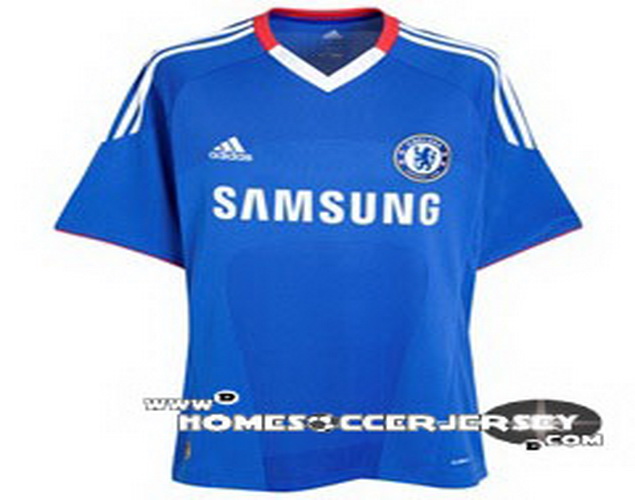

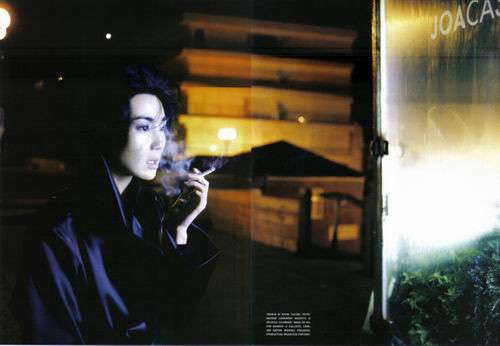

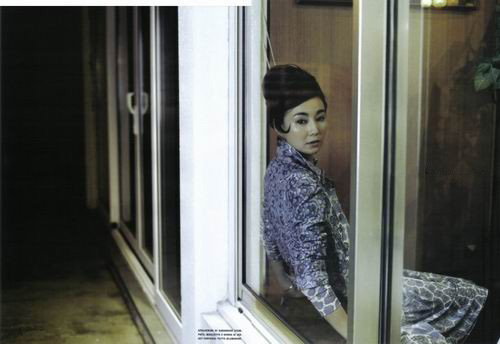
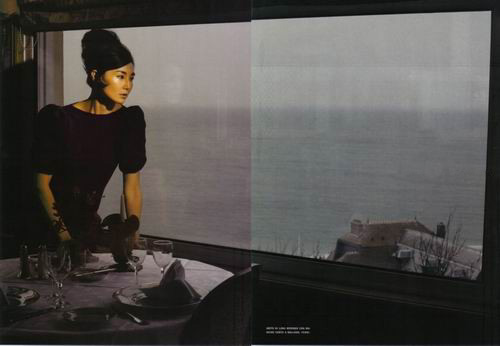
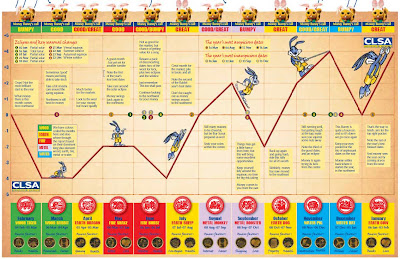














![[buffett+(TNR,+June+3+09+article).jpg]](http://3.bp.blogspot.com/_6zFiwogUkPk/ShNE-Zv49eI/AAAAAAAABY8/YX3CZqClLqk/s1600/buffett%2B%28TNR,%2BJune%2B3%2B09%2Barticle%29.jpg)






Dali, I know your investment horizon is short term. As some of your reader don't have a lot of team to monitor the market, can you help write write up a post on "What you like for long term" ? What stocks can we contribute as a fund to buy every months to fight inflation ? Kindly advise.